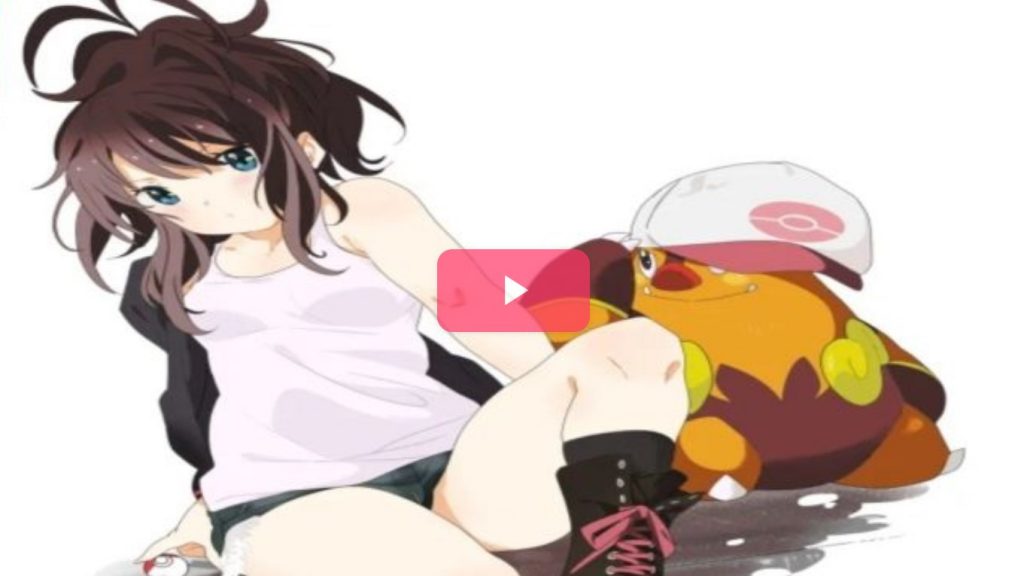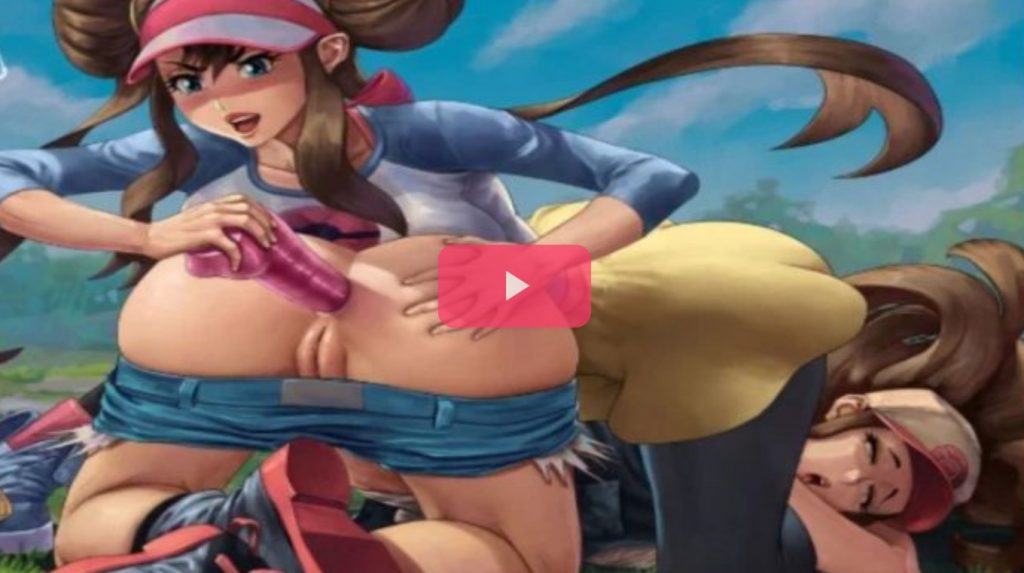Introduction
Trap porn cartoons have been gaining popularity in recent years, as people have become more open to exploring different types of sexual expression. Trap porn is a genre of erotic art that features gender-bending characters, often with hyper-feminine features, and often featuring sexual encounters between characters of different genders. Trap porn can be seen as a way for people to explore their sexuality in a safe and consensual way. It is a form of sexual expression that is becoming increasingly accepted and embraced by the mainstream.

Exploring the Phenomenon of Trap Porn Cartoon and Its Impact on Society
The phenomenon of “trap porn” cartoons has recently come to the forefront of online media, garnering both attention and concern from the public. Trap porn cartoons are a type of explicit animation featuring characters in gender-bending roles, typically involving large-breasted women with male genitalia. As the name implies, the content of these cartoons is highly sexualized, often depicting violent and degrading acts.
The popularity of trap porn cartoons has been attributed to a variety of factors, including the anonymity of the internet, the accessibility of streaming services, and the appeal of exotic and taboo subject matter. These cartoons have been met with a wide range of reactions, from amusement to disgust. However, the most prominent response has been one of concern, as many believe that this type of media can have a harmful effect on society.
Critics of trap porn cartoons argue that they are an example of objectification and sexual exploitation, particularly of women. Furthermore, they suggest that these cartoons can reinforce negative gender stereotypes and promote unhealthy attitudes towards sex. They also point to the potential of this type of media to lead to more extreme forms of sexual behavior, such as sexual assault and exploitation.
Proponents of trap porn cartoons counter that this type of media can be harmless and even beneficial. They argue that these cartoons can be a way for people to explore their fantasies in a safe and non-judgmental environment. They also suggest that these cartoons can provide an opportunity for self-expression and exploration of gender roles.

Examining the Gender Representation in Trap Porn Cartoons
Gender representation in trap porn cartoons has become an increasingly important topic. Trap porn cartoons are a form of adult-oriented media that feature characters who are ‘trapped’ between two genders, usually male and female. This type of animation has become popular in recent years, as it offers a unique visual style and an entertaining narrative.
While trap porn cartoons have been praised for their inclusivity, some have raised concerns about the gender representation in these works. In particular, the characters in trap porn cartoons often conform to gender stereotypes, with female characters tending to be hypersexualized and male characters depicted as strong and dominant. This can lead to a skewed and damaging view of gender roles, as well as reinforce existing gender biases.
It is important that trap porn cartoons include characters that represent a wide range of genders, not only male and female. This would help to reduce the risk of gender stereotyping and give viewers a more balanced, realistic view of gender. Additionally, the story lines of trap porn cartoons should focus on character development, rather than simply relying on gender stereotypes. This would help to create a more inclusive and meaningful narrative, one that is able to challenge existing gender norms.
The popularity of trap porn cartoons has been linked to the increasing acceptance of gender fluidity within the wider culture. This acceptance has allowed people to explore their gender identity without fear of judgment. Trap porn cartoons can provide a safe space for viewers to explore their gender identity, as well as a platform for other viewers to learn about gender fluidity.
Additionally, trap porn cartoons can also be seen as a form of self-expression for those who identify as gender-fluid. By creating and watching these cartoons, gender-fluid individuals can express themselves in a way that may not be accepted by mainstream society. This in turn can lead to a greater understanding and acceptance of gender fluidity from those who may not have had the opportunity to learn about it firsthand.
Trap porn cartoons have been gaining attention in mainstream media, leading to a shift in the way people view gender roles. Trap porn cartoons have allowed people to explore their gender identity without the fear of being judged or shamed. These cartoons have helped to normalize conversations about gender identity and have encouraged people to be more open to exploring different gender roles.
The rise of trap porn cartoons has also impacted the way people view sexuality. They have allowed people to explore their sexuality in a safe and entertaining way, free from judgement or shame. By allowing people to explore their sexuality without fear of judgement, trap porn cartoons have helped to normalize conversations about sex and consent. They have also opened up a space for people to discuss topics such as non-binary gender identities, alternative sexualities, and alternative relationships.
Trap porn cartoons have also had a positive effect on the way people perceive body types. By creating characters with different body types, trap porn cartoons have helped to challenge traditional beauty standards and to promote body positivity. This type of cartoon has also helped to create a space for people to explore their own body image without fear of judgement or shame.
Conclusion
Trap porn cartoons tend to be more explicit and risqué than traditional animation styles. They often feature characters in suggestive poses, and may even contain scenes of nudity or simulated sexual acts. This type of animation typically does not focus on creating an emotional story, but rather on providing a visual representation of the characters’ feelings. Additionally, the artwork in these cartoons tends to be more exaggerated than the artwork in traditional animation styles, as the goal is to create a unique look and feel.
Traditional animation styles, such as those seen in Disney films, focus on creating a story that evokes emotion from the audience. The artwork in these animations is usually more realistic and is often based off of real-life references. Additionally, traditional animation styles often feature characters with more subtle expressions, as the goal is to create something that is more true to life.
